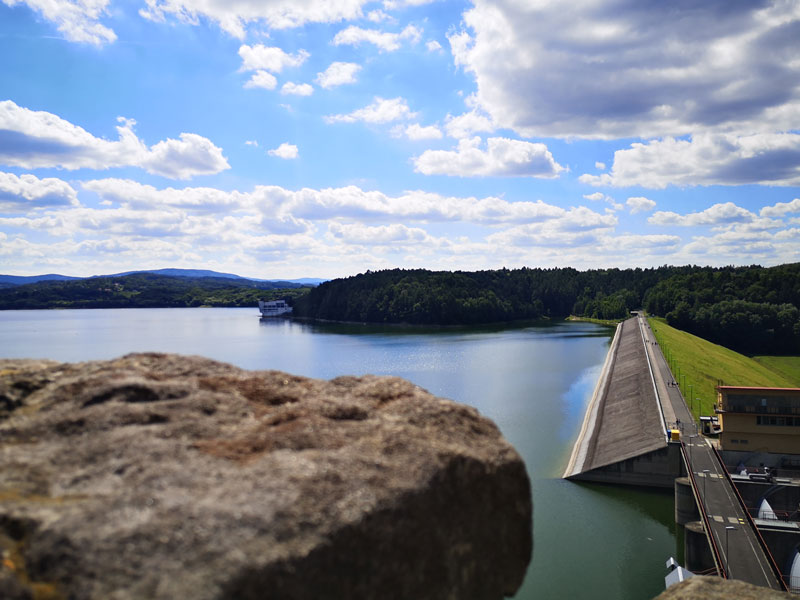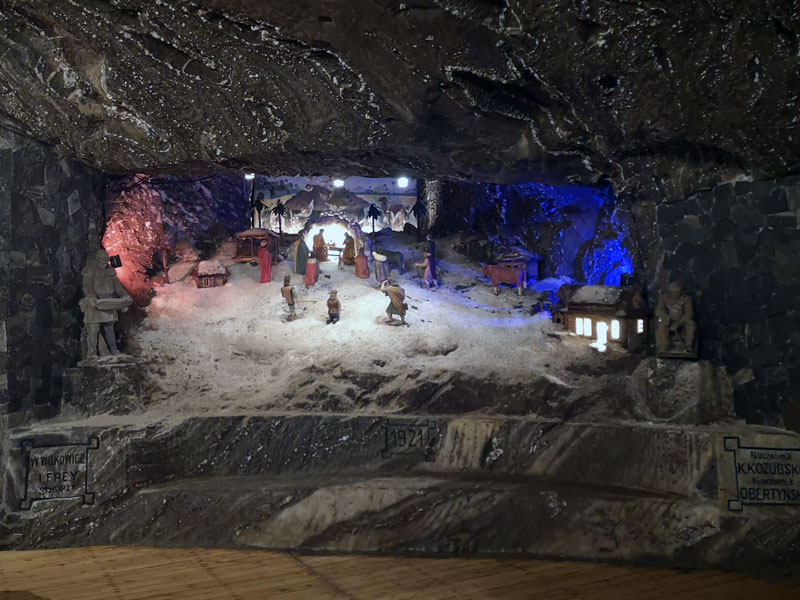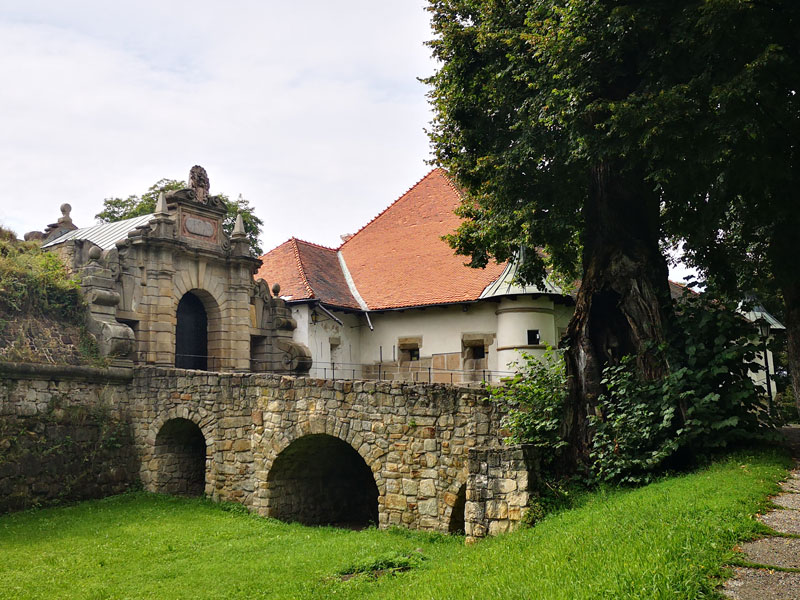Attractions of the region

The Royal Castle in Niepołomice
Often known as the second Wawel, is situated in the heart of the city opposite to the market square and by the storied Planty Park. It served as a vacation home for monarchs and princes, such as those from the Piast or Jagiellonian dynasties, for many years.
The museum in Niepołomice has a wide variety of hunting and hunting-related artefacts is located in the castle rooms. A hotel and a meeting centre are currently located inside the castle.
The castle in Dobczyce with the dam
A little village called Dobczyce, located in the Raba River valley and less than 17 kilometres from Wieliczka, is home to two exceptional tourist attractions: the royal castle, which dates back to the 12th century, and the PTTK museum. Wadysaw Kowalski built the 617-meter-long and 8.5-meter-wide water dam on Lake Dobczyckie, which is open every day of the week as of May 1. He also built the Open-Air Museum of Wooden Folk Architecture.
Both of these locations provide you not only the chance to learn about the local culture of Lesser Poland, but also the chance to unwind amidst nature and have an active vacation.


Salt Mine in Bochnia
The Salt Mine in Bochnia, where the raw material was mined from 1251 until 1990, is the oldest, still-operating salt mine in both Poland and all of Europe. The mine, a Monument of History since 2000, was added to UNESCO’s and the World Cultural Heritage List in 2013.
We will descend a former mine lift to reach this unusual location, where we will use a genuine, operational mining train to navigate the rooms. The mining tour includes multimedia displays that transport you back in time.
Castle in Wiśnicz
The Winicz fortress was constructed in the middle of the fourteenth century on a quadrilateral layout with four towers. It is an early Baroque fortress with Renaissance features. with the community of Stary Winicz, the castle is perched on a hill covered with woodland, overlooking the Leksandrówka River.
It was a location connected to Polish culinary art and was constructed by Jan Kmita. An enormous ballroom, a plafond room with a gilded ceiling, an acoustic room that was once used as a place of confession, a castle chapel, and a crypt with an exhibition of six sarcophagi, including the sarcophagus of Stanisaw Lubomirski, are all present in addition to the renovated rooms furnished with pieces from the 19th and 20th centuries.


